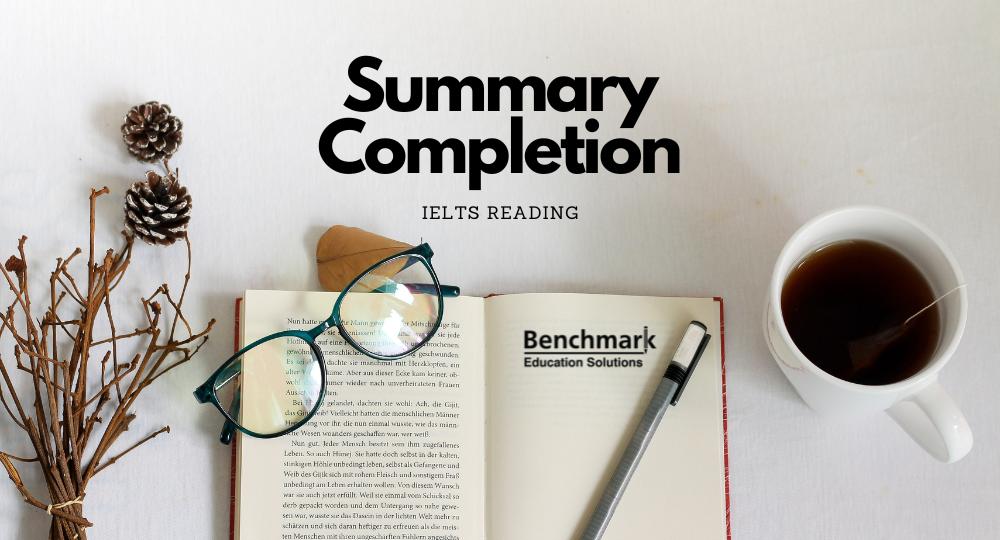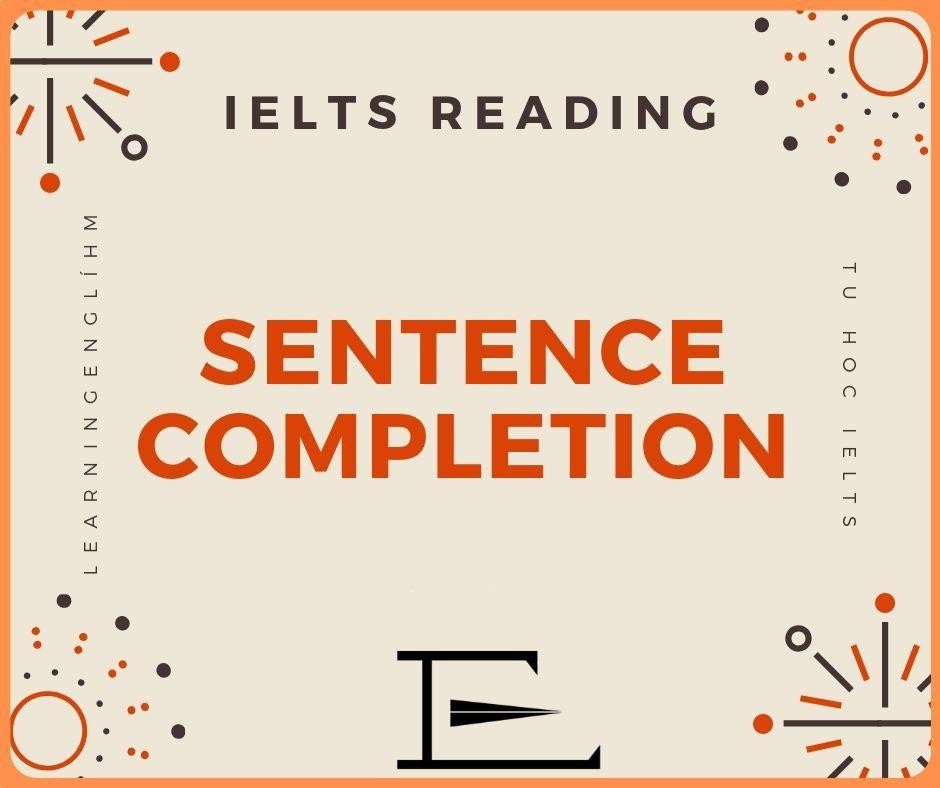Free Course (Reading) Module
Lesson 4: Matching Paragraph Information Questions
Matching Paragraph Information Questions is a type of question in the IELTS Reading module, which assesses a candidate's ability to locate and identify specific information in a given text. This type of question is common in the second section of the test, which involves longer, more complex texts.
In Matching Paragraph Information Questions, candidates are given a list of statements or questions, which are related to the content of the text. They must match each statement or question to the appropriate paragraph in the text, based on their understanding of the information presented.
To answer these questions, candidates must read the text carefully and locate the relevant information in each paragraph. They must also understand the overall structure and organization of the text, as well as the relationships between different ideas and concepts presented.
Matching Paragraph Information Questions can be challenging, as candidates must demonstrate not only their ability to comprehend the text but also their ability to identify and select the most appropriate information to answer the question. Candidates must also be able to distinguish between similar or related information and ensure they select the correct paragraph for each statement or question.
To prepare for Matching Paragraph Information Questions, candidates should practice reading a variety of English texts and familiarize themselves with the types of information and language structures commonly used in academic writing. Candidates can also take practice tests and receive feedback on their performance to identify areas for improvement. Additionally, they can use techniques such as skimming and scanning to quickly locate key information in the text.
Example of the module
Paragraph A:
The Pyramids of Giza are a group of three pyramids located on the outskirts of Cairo, Egypt. They are considered to be one of the most iconic and enduring symbols of ancient Egypt and are also known as the Great Pyramids of Giza. The three pyramids were built during the Fourth Dynasty of the Old Kingdom period, over a span of more than 80 years, around 2580-2560 BCE. The largest pyramid, known as the Great Pyramid, is the largest and oldest of the three and was built for Pharaoh Khufu.
Paragraph B:
The Great Pyramid of Giza, also known as the Pyramid of Khufu, stands at an impressive height of 146 meters and was the tallest structure in the world for over 3,800 years. It is believed to have been constructed over a period of 20 years using over 2 million limestone blocks, each weighing up to 80 tons. The other two pyramids were built for Khufu's son, Khafre, and his grandson, Menkaure. All three pyramids are aligned with the constellation of Orion, and the Great Pyramid is also the only one to have a set of chambers and passages inside.
Paragraph C:
The Pyramids of Giza are an engineering marvel and an enduring symbol of the power and wealth of ancient Egypt. They continue to attract millions of visitors from all over the world every year and remain one of the most studied and researched architectural wonders of the world. The mysteries surrounding their construction, purpose, and significance have intrigued scholars and tourists alike for centuries, making the Pyramids of Giza one of the most fascinating and awe-inspiring landmarks on the planet.
- The Pyramids of Giza are located on the outskirts of Cairo, Egypt and are one of the most recognizable symbols of ancient Egypt.
- The Great Pyramid, also known as the Pyramid of Khufu, is the largest and oldest of the three pyramids and was built over a period of 20 years using over 2 million limestone blocks.
- The Pyramids of Giza were built during the Fourth Dynasty of the Old Kingdom period and are aligned with the constellation of Orion.
- The Great Pyramid of Giza stands at an impressive height of 146 meters and was the tallest structure in the world for over 3,800 years.
- All three pyramids were built for different Pharaohs, with the Great Pyramid being built for Pharaoh Khufu, the second-largest pyramid for his son Khafre, and the smallest pyramid for his grandson Menkaure.
Expert tips for the module (Copy)
- Focus on the main ideas and keywords in each paragraph.
- Paraphrase the information to understand the question better.
- Look for similar words or synonyms in the passage to help you find the answer.
- The answers might be in a different order than the paragraphs.
- Not every paragraph might have the answer.
- Check the answer format (e.g., letter, word, phrase) and make sure you follow it.
Next Lessons
Previous Lessons
Speaking Services
starts from $1
culpa id cupidatat et dolore est sint voluptate irure incididunt tempor ex est labore dolor commodo amet voluptate qui incididunt cillum occaecat cupidatat
Assess NowWriting Services
starts from $1
culpa id cupidatat et dolore est sint voluptate irure incididunt tempor ex est labore dolor commodo amet voluptate qui incididunt cillum occaecat cupidatat
Assess Now

